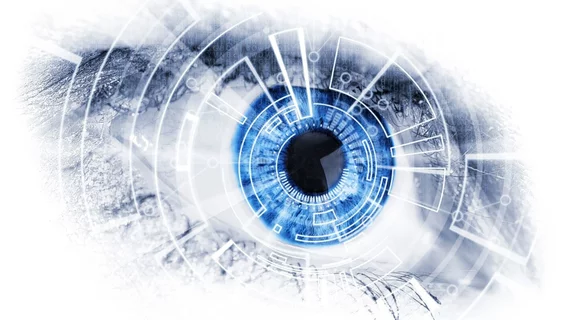Using a combination of vision tests and MR images, researchers at the University of Nottingham have identified areas of the brain that are impacted by sight loss in patients who have suffered cerebral strokes.
Researchers achieved this by using functional MRI to assess responses to visual stimuli in patients with post-stroke visual impairment.
Up to 30% of stroke patients endure some level of sight loss, particularly those who have had a cerebral stroke. Although these patients are technically still able to see, damage from the stroke inhibits the brain's ability to process what they are seeing. If clinicians could pinpoint a specific location in the visual pathway where these processing issues exist, they could potentially develop more targeted rehabilitation options.
“Alternative methods of diagnosing the extent of visual capacity are required for individuals with stroke-related homonymous visual field loss: both for establishing the details of the visual loss, as well as the rehabilitation potential of patients,” Dennis Scluppeck, associate professor in the School of Psychology at the University of Nottingham in the U.K., and co-authors explained.
The researchers examined four stroke patients who had experienced vision loss. They first underwent static perimetry to measure their visual field. Then, each underwent a functional brain MRI while being presented with a visual stimuli during different points during the scan. This was used to measure the operating integrity of their visual networks, the authors noted.
Once the team created a map of the patients' visual fields, they then used maps to measure neural responses to visual stimuli. Diffusion-weighted imaging data (DWI) was also used to map out connectivity in the occipital, temporal and parietal cortex.
“We found residual visual responses to stimuli presented inside the scotoma of all participants. In three out of the four stroke survivors, residual functional activity was robust and in one case the functional responses were broadly similar to the non-lesioned hemisphere,” the doctors explained.
The researchers disclosed that although some of the patients experienced similar visual loss, their brains exhibited completely different patterns of damage.
They noted that studying each patient individually could help them recuperate some of their previous visual function.
You can view the detailed research in Frontiers in Neuroscience.

